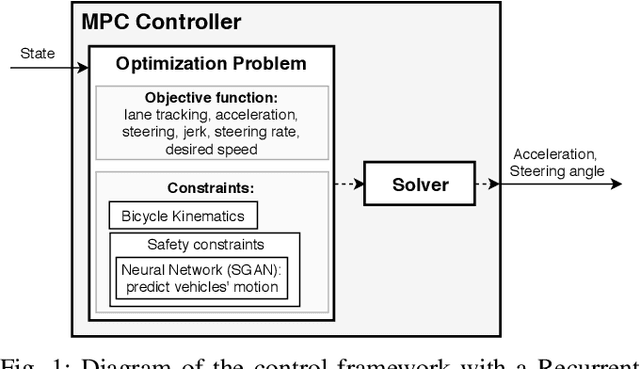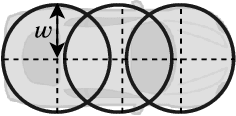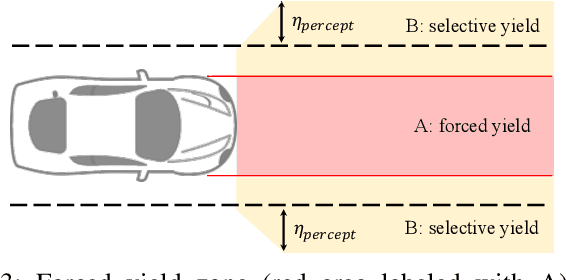Dhruv Saxena
Planning for Manipulation among Movable Objects: Deciding Which Objects Go Where, in What Order, and How
Mar 23, 2023Abstract:We are interested in pick-and-place style robot manipulation tasks in cluttered and confined 3D workspaces among movable objects that may be rearranged by the robot and may slide, tilt, lean or topple. A recently proposed algorithm, M4M, determines which objects need to be moved and where by solving a Multi-Agent Pathfinding MAPF abstraction of this problem. It then utilises a nonprehensile push planner to compute actions for how the robot might realise these rearrangements and a rigid body physics simulator to check whether the actions satisfy physics constraints encoded in the problem. However, M4M greedily commits to valid pushes found during planning, and does not reason about orderings over pushes if multiple objects need to be rearranged. Furthermore, M4M does not reason about other possible MAPF solutions that lead to different rearrangements and pushes. In this paper, we extend M4M and present Enhanced-M4M (E-M4M) -- a systematic graph search-based solver that searches over orderings of pushes for movable objects that need to be rearranged and different possible rearrangements of the scene. We introduce several algorithmic optimisations to circumvent the increased computational complexity, discuss the space of problems solvable by E-M4M and show that experimentally, both on the real robot and in simulation, it significantly outperforms the original M4M algorithm, as well as other state-of-the-art alternatives when dealing with complex scenes.
Cooperation-Aware Lane Change Maneuver in Dense Traffic based on Model Predictive Control with Recurrent Neural Network
Sep 29, 2019



Abstract:This paper presents a real-time lane change control framework of autonomous driving in dense traffic, which exploits cooperative behaviors of other drivers. This paper focuses on heavy traffic where vehicles cannot change lanes without cooperating with other drivers. In this case, classical robust controls may not apply since there is no safe area to merge to without interacting with the other drivers. That said, modeling complex and interactive human behaviors is highly non-trivial from the perspective of control engineers. We propose a mathematical control framework based on Model Predictive Control (MPC) encompassing a state-of-the-art Recurrent Neural network (RNN) architecture. In particular, RNN predicts interactive motions of other drivers in response to potential actions of the autonomous vehicle, which are then systematically evaluated in safety constraints. We also propose a real-time heuristic algorithm to find locally optimal control inputs. Finally, quantitative and qualitative analysis on simulation studies are presented to illustrate the benefits of the proposed framework.
 Add to Chrome
Add to Chrome Add to Firefox
Add to Firefox Add to Edge
Add to Edge